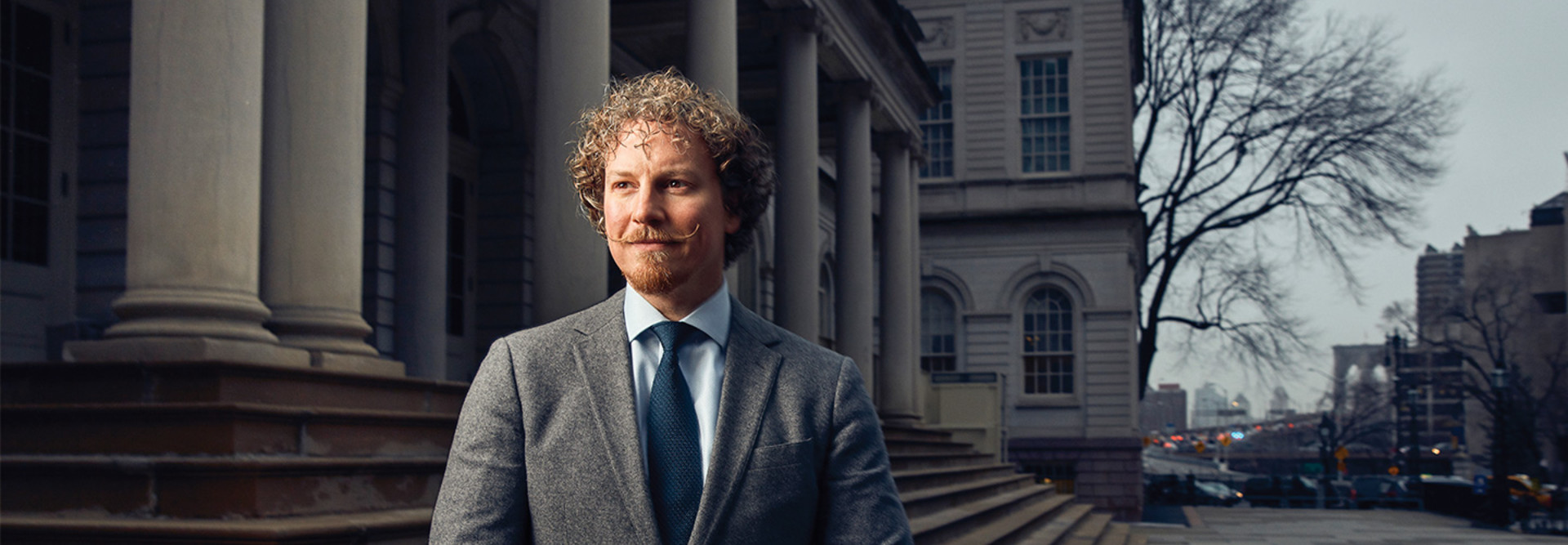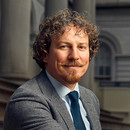Appointed by Mayor Bill de Blasio, John Paul Farmer became CTO of New York City in June 2019. Prior to his appointment, Farmer worked, based in New York, as director of technology and civic innovation for Microsoft.
Between 2010 and 2014, Farmer served under President Barack Obama as senior adviser for innovation in the White House Office of Science and Technology Policy.
StateTech chatted with Farmer about his prioritization of digital services for New York City citizens and why he’s passionate about the issue.
STATETECH: You’ve placed an emphasis on digital services. Could you give us some insights into the big picture and your priorities on that?
FARMER: Digital services are absolutely a priority — ensuring that government services online meet people where they are and deliver on their needs, whatever those might be. Government plays such an important role, and as we know, government doesn’t get to choose its customers. We need to make sure that the government serves everybody.
With so many New Yorkers living busy lives with a lot on their plates, we want to make sure that interacting with government is seamless and easy, and hopefully as delightful as it can possibly be. When I think of digital services, it’s impossible to fully separate that from the fact that decades ago, trust in government was higher than it is today.
At the end of the day, one of the things that can help rebuild trust is government providing services in a way that people appreciate. We want to make their lives better. We must ensure that services are available online, and that when we put them online, they’re designed to be human-centric. Services must provide what a particular person needs in the moment. They should be designed around users, not around the organizational chart of government.
That’s why digital services are so important, and why they can’t be separated from the digital divide and digital rights.


STATETECH: Does that mean you’ll build services while also closing the digital divide in New York City?
FARMER: The work that we’re doing to close the digital divide will ensure that everybody has high-speed, high-quality, privacy-respecting broadband at home and on the go so they can fully participate in daily life in New York City. That work in closing the digital divide cannot be separated from digital services because we have to close the digital divide to ensure that most people can receive services online.
Today, you could argue that someone could just go to a library or a recreation center. We do have the largest number of public computer centers in the country, and that’s a great achievement, but we need to ensure that we bring people affordable broadband at home and on mobile. When we create digital services, we must serve the most people possible.
We must respect digital rights. These are human rights in the internet age. Every agency that delivers services online must hold high principles of privacy, safety and nondiscrimination.
READ MORE: Discover how cities are approaching how to close the digital divide.
STATETECH: Where exactly is New York City with regard to closing the digital divide? What is the city doing now?
FARMER: Earlier this year, we released the New York City Internet Master Plan, a groundbreaking document. It’s pioneering in a lot of ways as a roadmap for closing the digital divide, ensuring high-quality broadband in every borough throughout the city. It is a landmark moment that doesn’t cap the work that’s been going on; it learns from the progress that’s been made in prior years and it brings us into a new era where the city is an active partner with the private sector.
We must respect digital rights. These are human rights in the internet age."
John Paul Farmer
New York City CTO
And this Internet Master Plan makes that possible in a way that it wasn’t before. Forty percent of New York City households lack the combination of home and mobile broadband, and 18 percent of residents — this is 1.5 million people in all — lack both.
So, we’ve got a population in New York City that is disconnected or under-connected. We need to close this gap for New York City to achieve its goals. We really believe that the internet could be as essential to 21st-century New York as electricity or the subway were to 20th-century New York. These are foundational technologies that allow people to access services, to build careers, to gain skills and to improve their lives.
STATETECH: What else is high on your list of priorities in the near term?
FARMER: We have made accomplishments with CSforALL, ensuring that our kids have the skills in computer science that they need for the future. We also have great work being done by our partners at the NYC Department of Small Business Services and the NYC Tech Talent Pipeline, ensuring that adult New Yorkers have the skills they need. And then we are engaging with communities through our NYCx Co-Lab programs, ensuring that neighborhoods are able to make their voices heard.
It turns out there are 240,000 small businesses in New York City, and the vast majority of them don’t have more than 10 employees. They don’t have a lot of people, so they probably don’t have a lot of cybersecurity expertise and they probably don’t have a lot of money to spare.
So, we hosted the collaborative NYCx Cybersecurity Moonshot Challenge, designed with our colleagues at Small Business Services and our colleagues at NYC Cyber Command, and invited anybody to come to the table with solutions for how to ensure that our small businesses are doing the best job possible of protecting the data of New Yorkers.
We got 169 responses from 77 cities in 18 different countries on five different continents. We selected three winners to receive $1 million from venture-capital firms to develop solutions.
Photography by Matthew Furman












